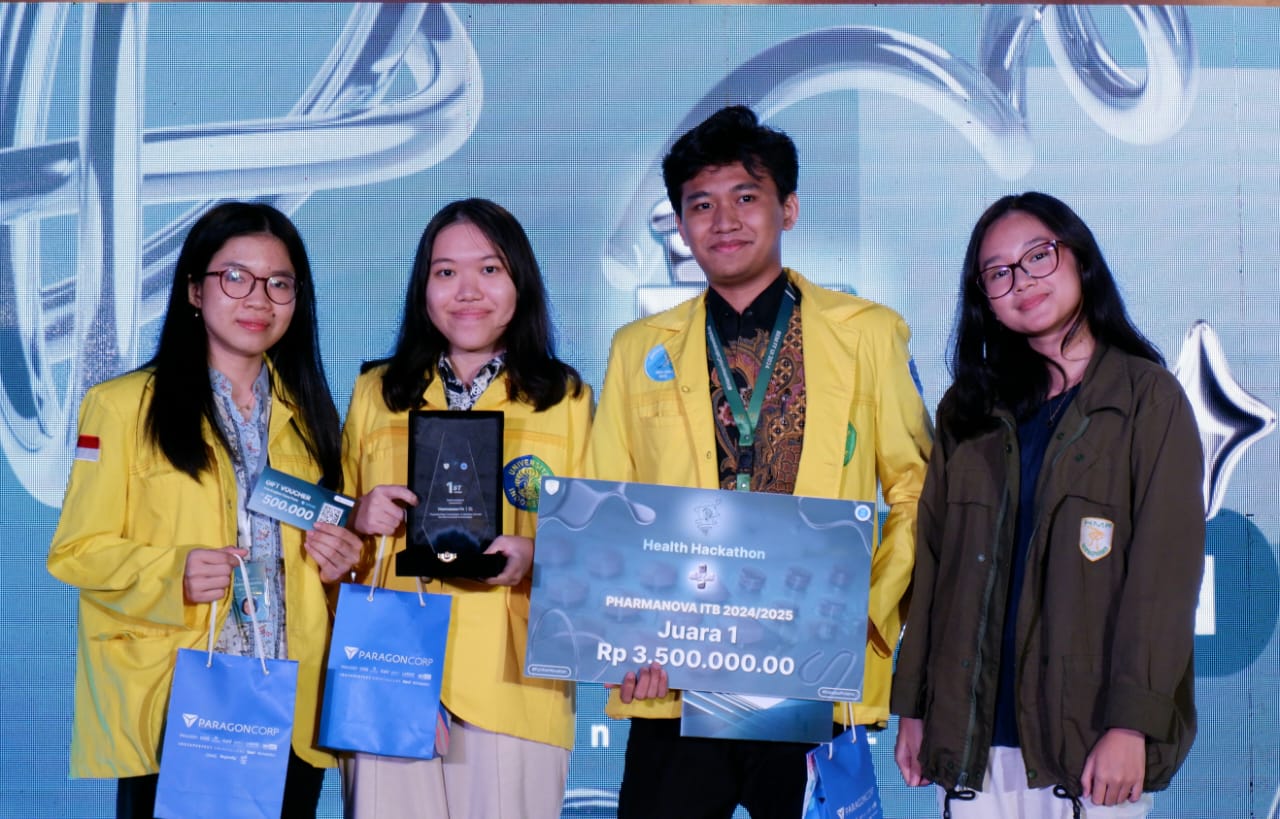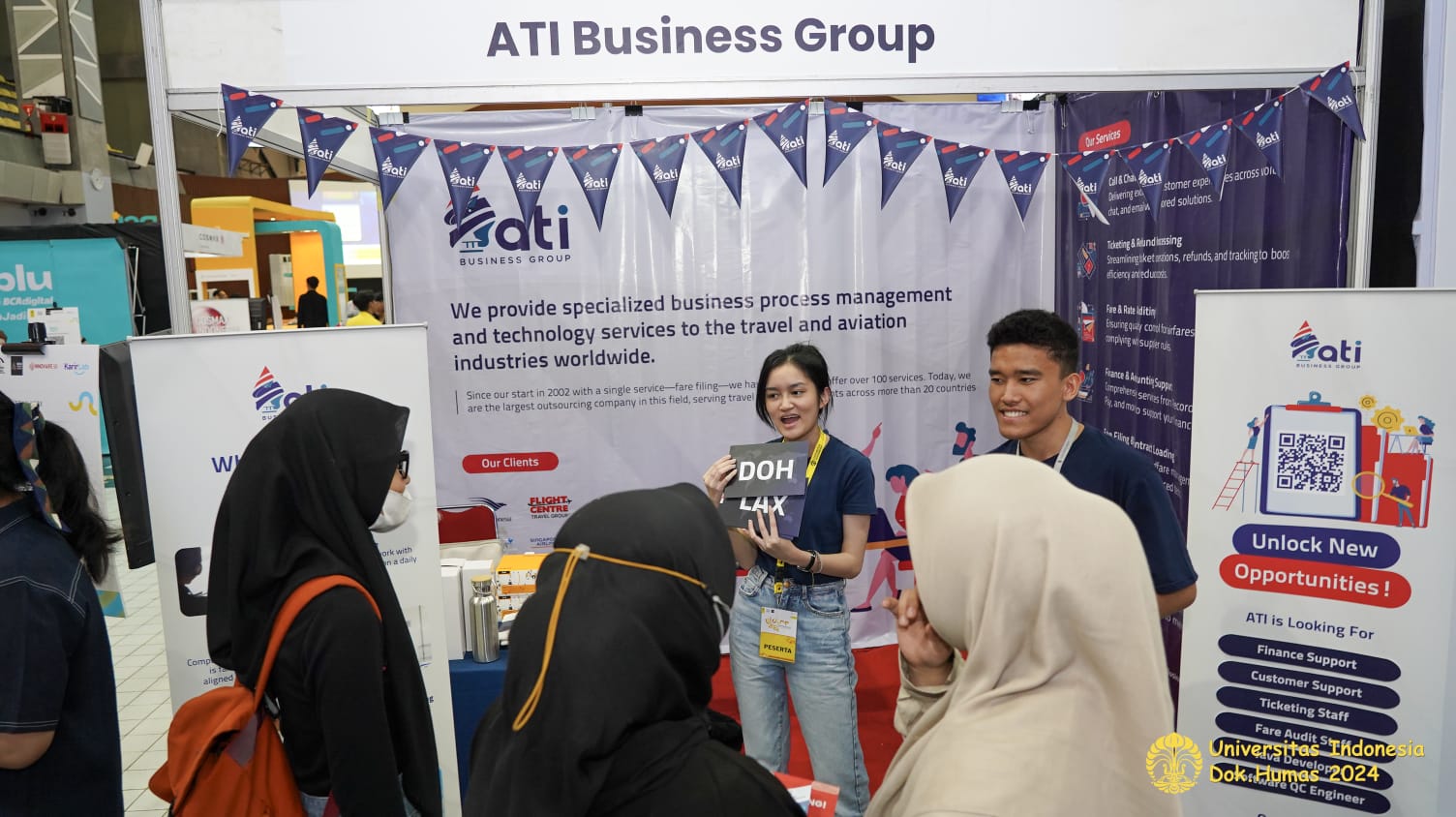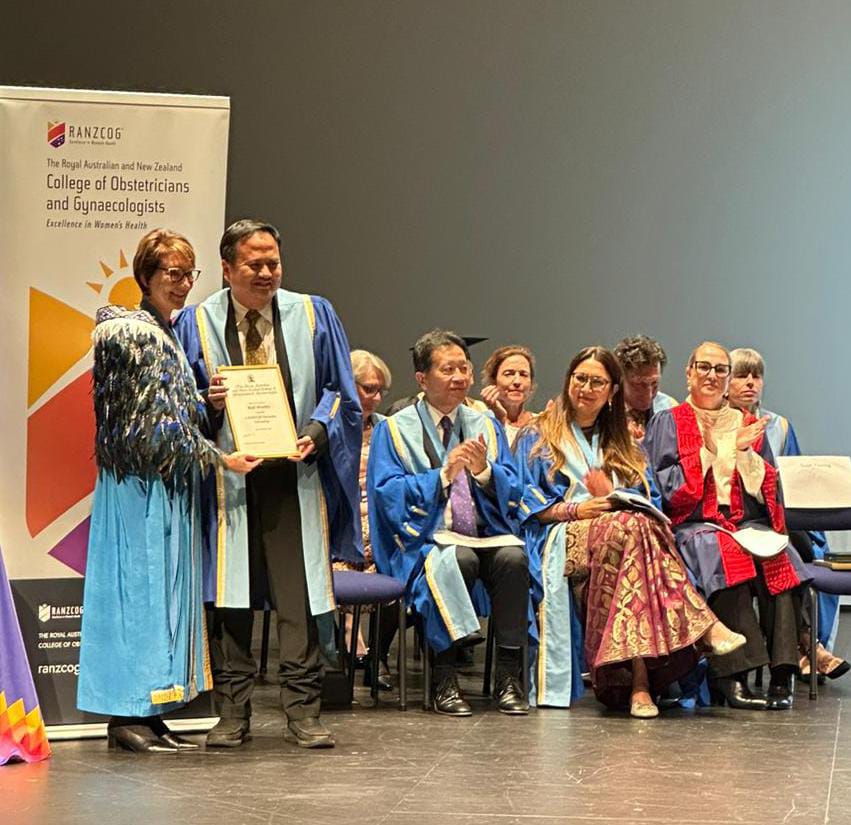
“Throughout this time, I see the current generation being more open. The younger generation of Chinese ethnic is no longer bound by political traumas. They even have more freedom to express themselves and immerse themselves in society. This condition allows for the loss of social barriers in society,” said Dr. Rahadjeng Pulungsari Hadi, M.Hum., an expert on Chinese culture, Faculty of Humanities (FIB), Universitas Indonesia (UI).
According to her, the challenge for diaspora communities around the world is that when they come overseas, they do not have a territory. As immigrants, the diaspora community must be able to adapt, as has been done by the Chinese diaspora in Indonesia. While still maintaining their culture, newcomers can adapt to local life. At this stage, cultural mixing or acculturation occurs and a national identity is formed while still showing its cultural identity.
“The identity of the nomads continues to change because it is not fixed. They slowly experience the process of ‘becoming’, but they still maintain their original culture. This is the peculiarity of the diaspora community. Diaspora community generally identifies themselves as part of the area they live in,” said Dr. Rahadjeng.
Cultural acculturation is one of the newcomers’ strategies to survive. Through acculturation, the diaspora community elaborates Chinese culture with local culture without losing each of the cultural identities. This cultural acculturation gave birth to a unique collaboration because Chinese culture blends with diverse Indonesian cultures.
For example, the acculturation of Chinese culture in Sumatra gave birth to products that are different from acculturation in Java, as well as in other regions. Kebaya Encim, for example, is a modified product of Peranakan Chinese clothing that is customized in color to suit the tastes of the Betawi people. Meanwhile, on the coast of Java, a variety of new motifs appeared in Indonesian batik, in the form of images of a phoenix, a dragon, and plants and animals arranged like in Chinese paintings.
Dr. Rahadjeng said, at first, Chinese motifs were introduced through ceramics, jars, or other objects brought for trade by Chinese merchants who arrived on large ships. Because the journey from China to the archipelago took a long time, they brought food, herbs, and medicines to meet their needs while on the way. When they land and settle in an area, acculturation occurs in the aspects of clothing, food, and other fields.
“Chinese culture that entered the archipelago adds to the treasures of Indonesian culture. We don’t need to worry about other cultures coming in because Indonesia’s cultural diversity is our wealth and strength. Mixing cultures, as long as it is called ‘acculturation’, does not have a negative impact. The thing to worry about is when the outside culture dominates and is more hailed than one’s own culture. I think the flow of foreign cultural currents in the era of globalization must be addressed wisely, and we protect our own country’s culture so that it continues to stand firmly,” said Dr. Rahadjeng.
Author: Sasa



